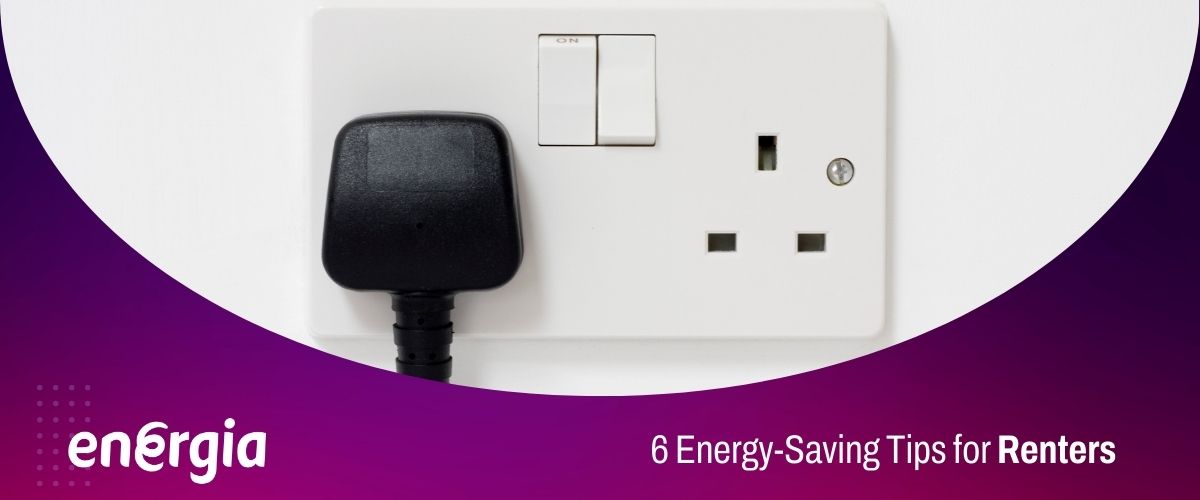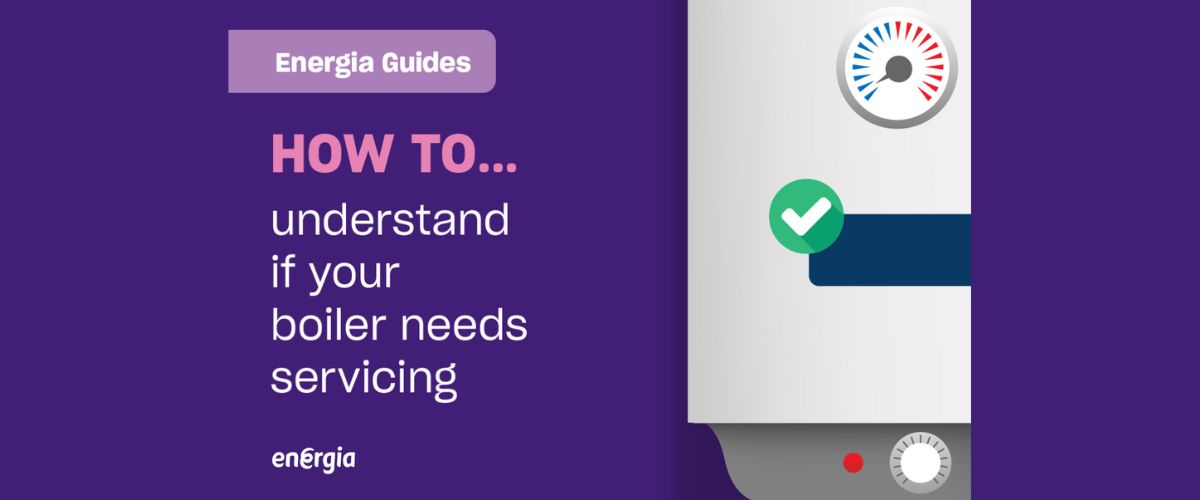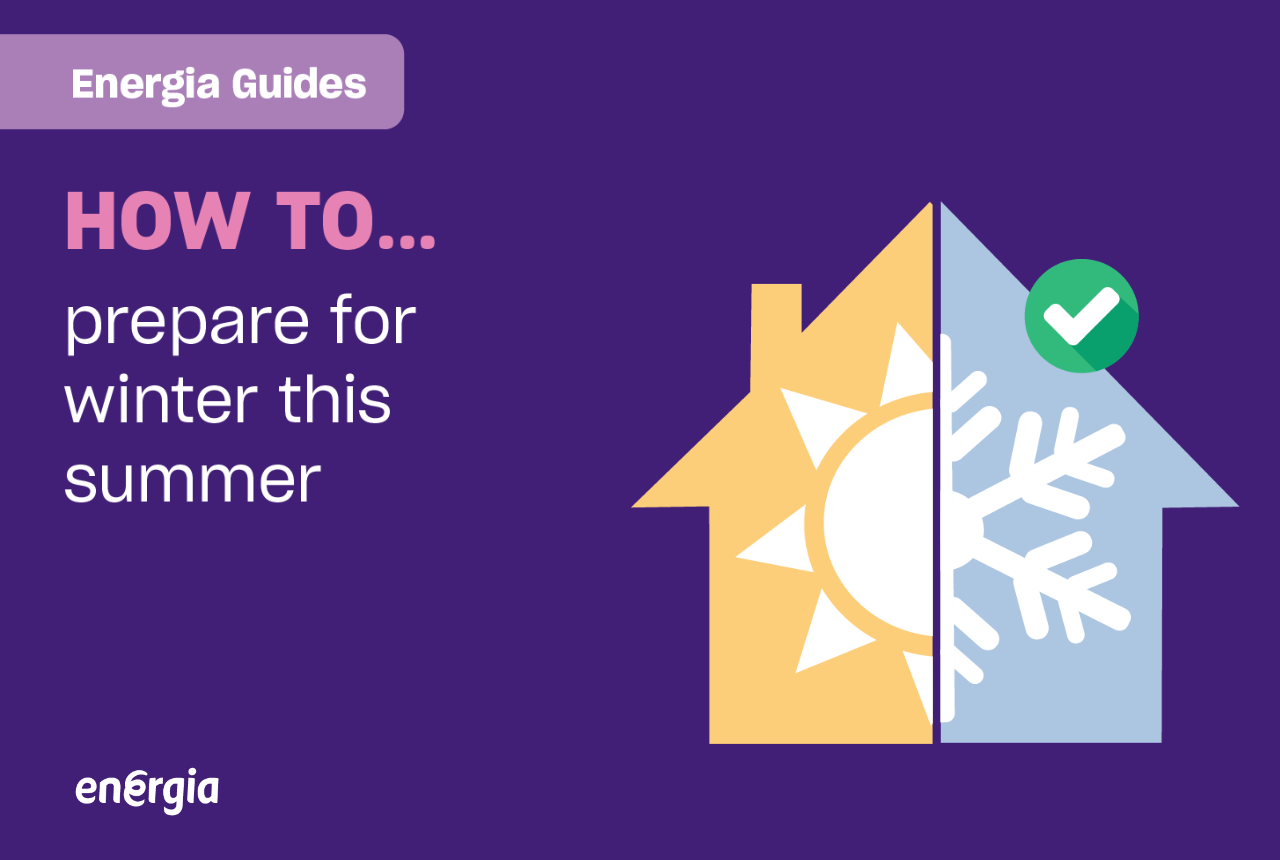Top Tips & Benefits of Home Insulation
Properly insulating your house can save some serious cash and keep you nice and snug during those chilly winter nights. There are lots of benefits of home insulation, whether you do it yourself, apply for a grant or hire a professional to take care of it for you.
Benefits of home insulation:
Home insulation saves you money:
It depends on how much insulation you already have in your house or apartment, but if you do it right the savings from properly insulating your house will add up every year. The Department of Energy in the US estimates that a properly insulated attic can cut 10-50% out of your heating bill. Getting rid of those tiny leaks in windows and doors means that you won’t need to keep your heating on as long or as high. In fact, you should ideally be able to only use 4 hours of heating a night to maximise your energy efficiency.
Minimise heat loss:
Make sure your home is free of air leaks.
It’s simple to check: Carefully hold an incense stick or smoke pen next to your windows, doors, fixtures, and other areas that are at risk of letting extra air in. Lots of these drafty areas exist in the attic or through your roof if not properly insulated. If the smoke blows horizontally, you know you have an air leak.Seal up the leaks:
There are lots of ways to insulate your leaky doors and windows. Some demand a bit more time and money than others, so we’ve given you some options.
Insulation Tips: Air Leaks in Windows
Least amount of investment:
Mount shades, heavy curtains or drapes. Mount these as close to the window as possible and aim to cover the entire area of the window. This won’t completely seal the window, but is a good alternative if you can’t do something more permanent like caulking or replacing the window. Look for dark curtains as they will absorb heat.
Some investment:
Seal up leaky windows with caulking. If you have an apartment and don’t feel comfortable sealing this yourself, let your landlord know or use less permanent sealing methods, like self-stick weather sealing, insulation film, or draft stoppers/snakes.
Most investment:
Replace single pane or leaky windows with double pane windows that are designed to be more energy efficient.
Insulation Tips: Air Leaks in Doors
Least amount of investment:
Draft stoppers are the easiest way to minimise drafts from the front door. You can buy them or even make them yourself if you’re a bit more DIY.
Some investment:
Alternatively, you can add floor-length drapes between open doorways or in front of your front door at night.
Most investment:
Consider adding a vestibule, especially if your front door opens into your living space. It’s an added extra door that will minimise draft while still allowing in light.
Environmental benefits of home insulation:
A properly insulated home is key to minimising your heating and electricity bills. It’s essential to decide what type of insulation is right for your home and your needs, as well as determining how much you’d like to pay for it. Most insulation can be installed as a DIY project, but there are also installation companies that can take care of it for you as well.
How do you know if you need insulation?
If your home was built before the 1950’s, it’s likely you’re light on home insulation and could be using up to 60% more heat than a newer home built in 2000 or after. If your home suffers from inconsistent temperatures and doesn’t retain heat, you should also consider adding insulation. High energy bills are another tip off, particularly if you use a thermostat that regulates your heat automatically. Insulation is also helpful if you are bothered by outside noise on a regular basis. Insulation muffles sound, so not only can it save you money on heating costs, it can save you some zzz’s as well!
You can also have an energy assessment done on your home to help you determine your insulation needs.Figure out the types of insulation you need:
There are lots of different types of insulation, but know that you should ideally have about 10 cm of insulation in your walls, but up to 28 cm of fibre glass or rock wool or 20 inches of cellulose in your attic. Most types of insulation you can install yourself, but there are certain types like “blown in” insulation that should be done by a specialist installer. Foam-in-place insulation can be blown into walls, on attic surfaces, or under floors to insulate and reduce air leakage. Different types of insulation like blankets and sheet insulation can be found at Insulation Ireland.
Types of home insulation:
- External wall insulation
- Cavity wall insulation
- Dry lining or internal wall insulation
- Roof or Attic Insulation
DIY Safety Tips:
- Make sure you’re following all the manufacturer’s instructions for insulation, especially safety instructions. You should always wear a face mask when installing insulation.
- Insulation foam may be appropriate for certain insulation needs. Ensure you’re well-versed in how it should be used and where.
- Be careful of fire hazards. Placing insulation too close to heat-generating areas of your home can pose a serious risk. Pay special attention to light fixtures and electric boxes.
- Be alert when navigating areas of your home like your attic and roof. These areas are prone to mould and rot, compromising the integrity of the structure and floors.
-(1).png?ext=.png)


